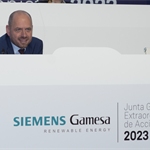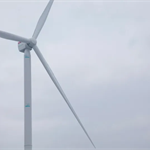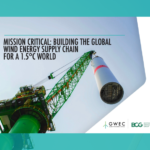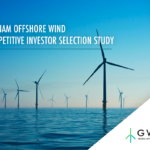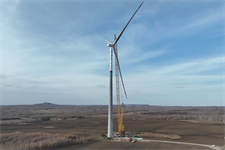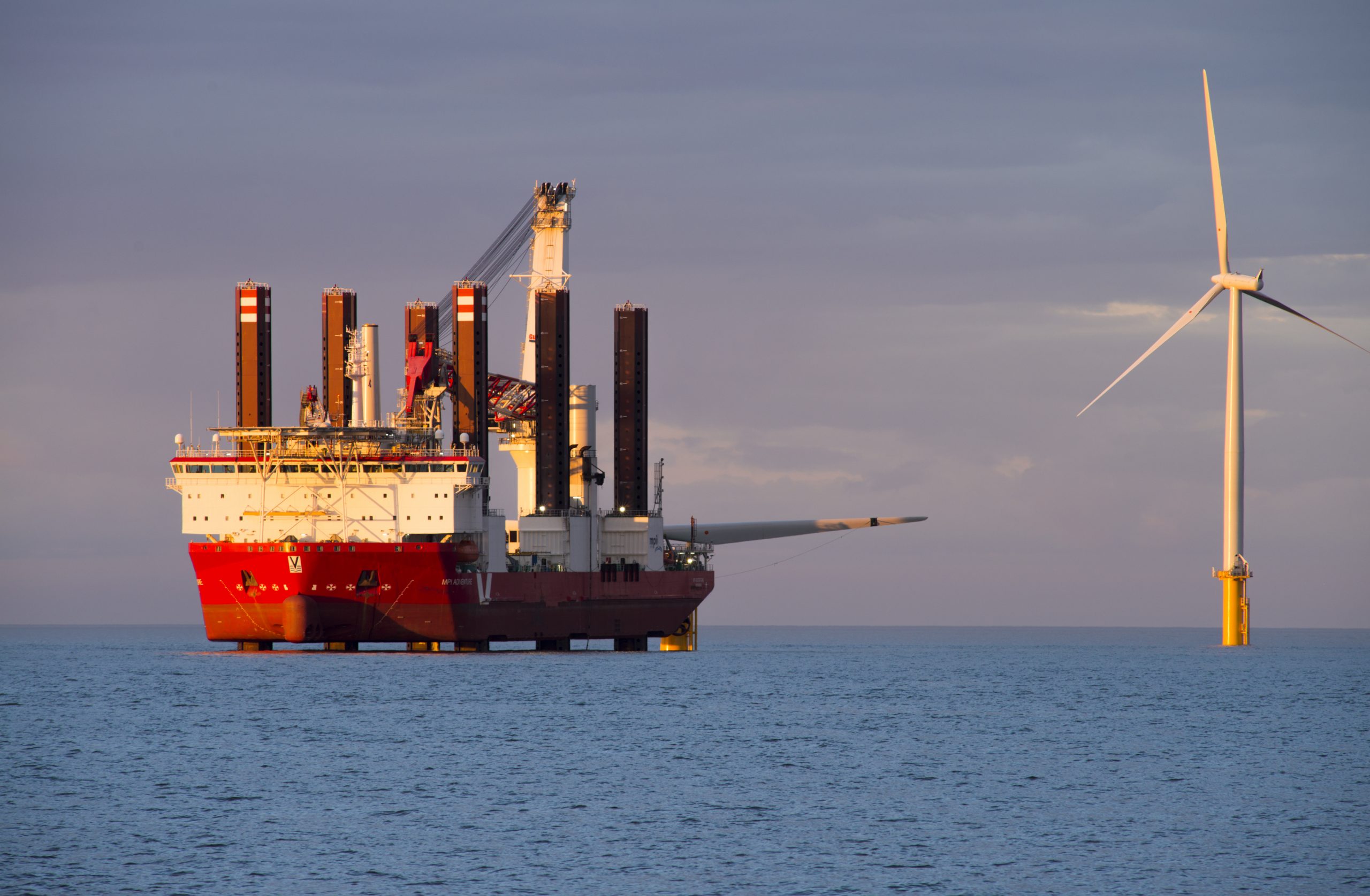Siemens Gamesa lowers guidance due to supply chain pressures
Energy Disrupter
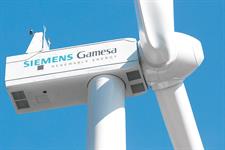
Siemens Gamesa Renewable Energy has lowered its expectations for the financial year amid a sharp increase in raw material prices and rising costs for ramping up its 5.X onshore wind platform.
The turbine manufacturer has also warned of a loss in the third quarter of its financial year — running from 1 October to 30 September — following a €229 million hit from raw material price rises and the cost of its largest onshore wind turbines.
This means it is due to veer further off course from achieving a turnaround in profitability, for which it had announced plans in August 2020.
However, Siemens Gamesa claimed that it continues to make progress in its recovery programme, focusing on the turnaround of its onshore wind business.
The company expects group revenue for the financial year to be at the low end of the €10.2-10.5 billion range it had communicated alongside results of the second quarter on 30 April.
It also lowered expectations for its group Ebit margin before purchase price allocation (PPA) and integration and restructuring costs (I&R) to between -1% and 0% – down from the 3-5% range communicated at the end of April.
Siemens Gamesa is due to publish its third quarter results in full on 30 July.
However, according to preliminary results announced today (15 July), it expects revenue of €2.7 billion in the quarter, up from €2.4 billion one year ago.
The manufacturer expects an operating loss (Ebit) of €150 million, compared with a €161 million loss in the same period last year, before taking into account PPA and I&R costs.
In the third quarter of its 2021 financial year, Siemens Gamesa faced a roughly €229 million hit from the increase in raw material price increases and ramp up of its 5.X platform. It explained that the impact of these factors was exacerbated by the coronavirus pandemic, and was mainly concentrated in Brazil, where the first 5.X projects are due to be delivered in 2022 and 2023. It is facing supply chain shortfalls and bottlenecks in project exeuction, it added.
Meanwhile, by the end of the quarter, its net debt has increased to €800 million, compared with €90 million one year earlier.
Its order intake in Q3 was €1.5 billion, down from €5.3 billion one year earlier — although this was impacted by the standard volatility of the offshore wind market, according to Siemens Gamesa.



